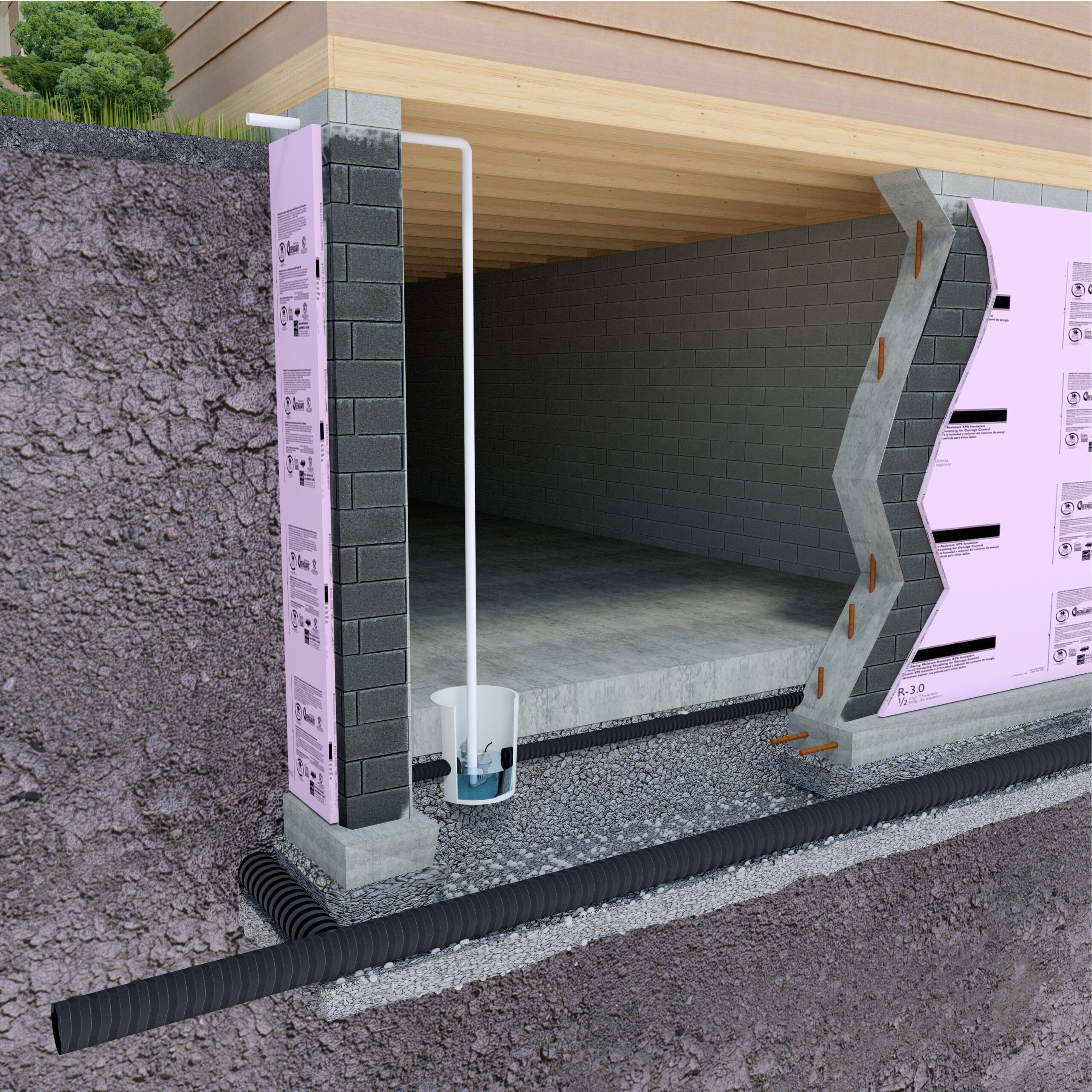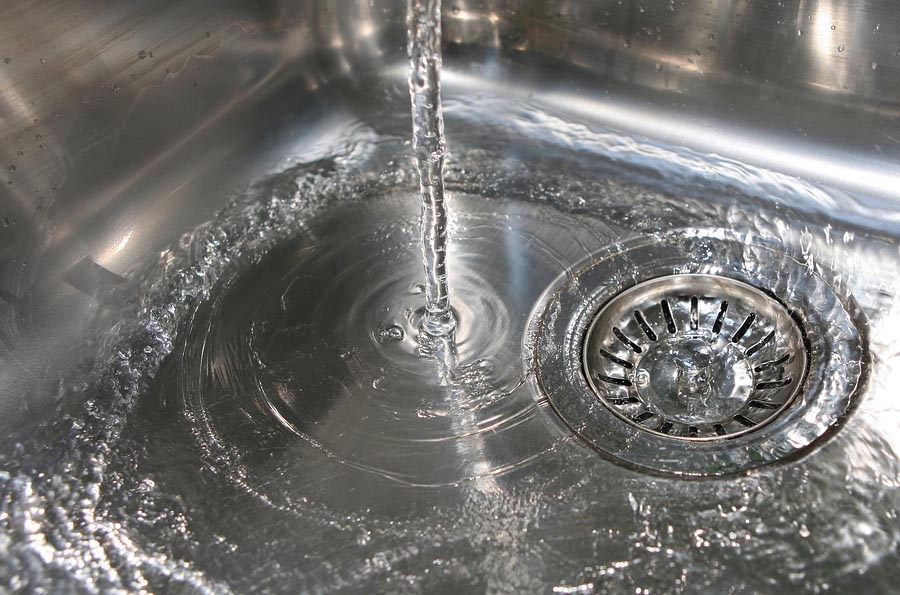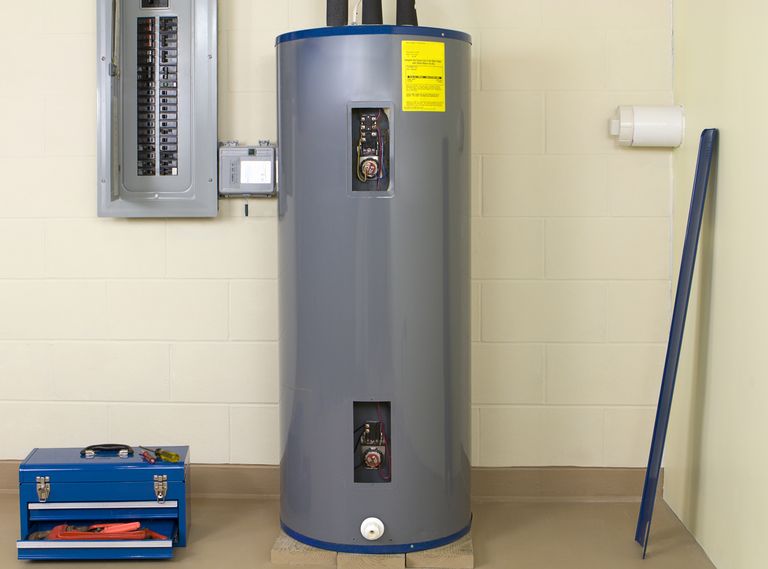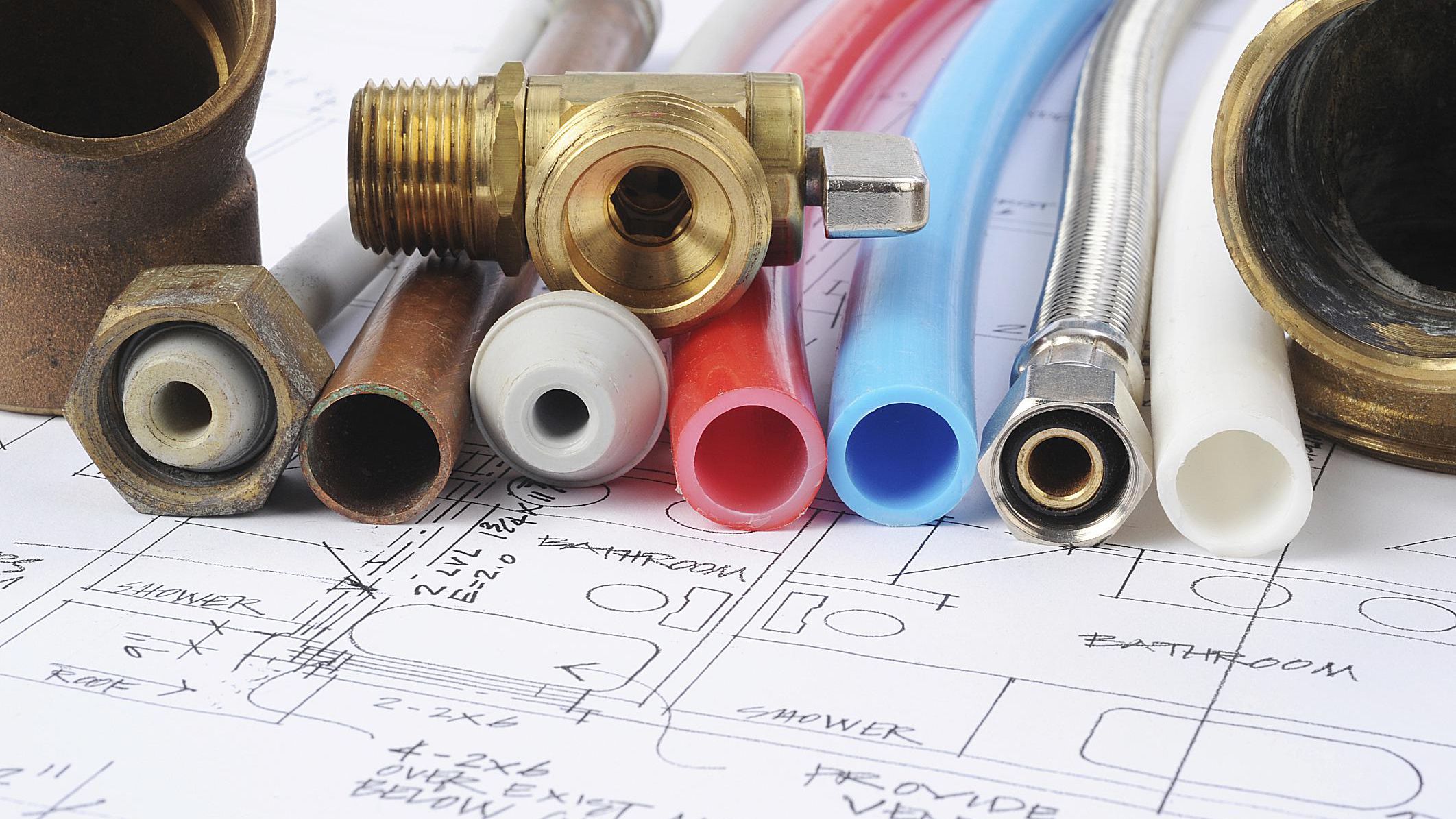Sump Pump Installation – What is it?
Are you noticing a buildup of moisture or water in your basement? It might be time to consider the installation of a sump pump.
Even if you’re not experiencing regular flooding, sump pumps can prevent increasing expenses related to moisture damage.
Much like a backflow prevention device, a sump pump is a common device often found in the basement of your home. The sole purpose of a sump pump installation is to capture accumulating water in a surrounding area and transfer it to a basin (a sump). The basin then pumps the water outside through a drain pipeline system. Historically, sump pumps were emptied into the city sewer infrastructure, but municipalities realized the overwhelming implications this had, as multiple sump pumps were installed by homeowners. Now, it’s common practice to discharge the accumulated water outside.
Signs You Need a Sump Pump — Or a New One
For the most part, signs you need to have a sump pump installed in your property can be obvious. There are however, some unforeseen signs that if left ignored, or if you don’t know what to look for, can have serious consequences. Below are some examples of observations which can be made to determine if a sump pump replacement or installation is needed.
- The basement has flooded before. This is a telltale sign you need a new sump pump installation. There’s nothing worse than experiencing a basement flood—especially if it destroys carpeting, furniture, and electronics. The cumulative water can come from a wide variety of sources; the idea is to remove all surrounding water from the walls to ensure it doesn’t seep through over time, causing more damage.
- The home is on a flat surface where water accumulates. If your home was built in a flat area where soil holds on to the wafer (a board used on the exterior wall as a substitute for plywood), there’s a greater chance water will eventually leak into the property. Once soil can no longer support water accumulate, it looks for somewhere to escape—your home. If neglected over time, this weakens the walls and risks mould accumulating, which has serious health implications.
- Your current sump pump runs for too long. A sump pump system should only run for a minute-or-two in order to clear the water build up. If it runs far longer than it should, it could be improperly sized, or too weak. A plumbing expert can help determine the right size that’s needed to order to operate effectively.
- The sump pump runs intermittently. As mentioned, an improperly sized sump pump system may run for too long if it’s improperly sized. It should only run once the pit is wet and water is captured in the basin. Once the water has been removed, it should turn off. If it noticeably runs too often, the basin could be too small, or the float switch (the sensor which sends a signal to activate the pump) must be adjusted to run less frequently.
- The system is too old. A standard system is good for approximately 10 years; anything after that may require a sump pump replacement. Once your system hits the six-year mark, it may be time to begin planning the replacement of your unit. It’s lifespan is determined by variables like the frequency of use, how much water it’s exposed to, and how hard it must work to meet demand.
Sump Pump System Types
There are two main categories of sump pumps:
- A pedestal pump: This unit operates with a motor sitting on a pedestal above the water and impeller in the pit.
- A submersible pump: This sits in the pit and actives once water accumulation is detected at a certain level.
Both pumps are composed of different materials which dictate the longevity of the unit before issues arise.
Coldstream Plumbing offers quality sump pump installation and service throughout the GTA. To determine whether you need a unit replaced, call 905-949-4400.






